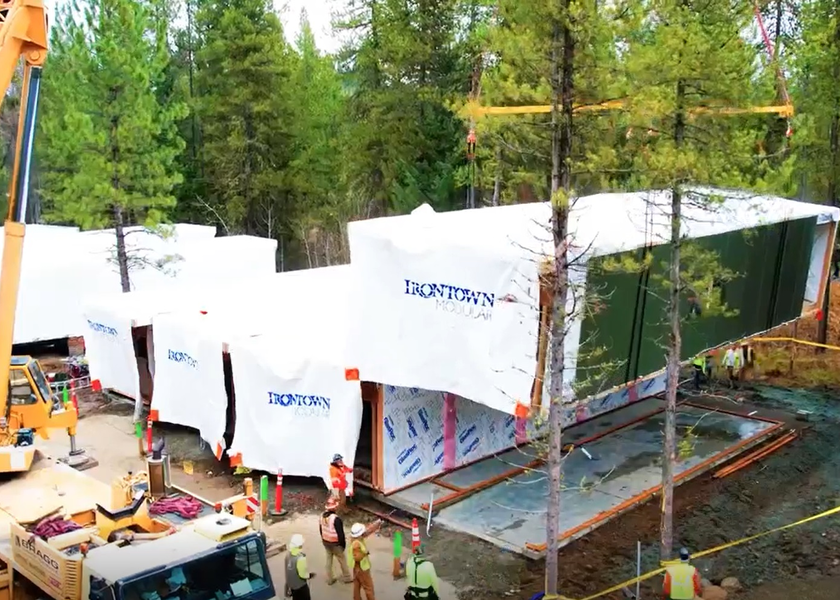St. Luke's Newsroom
When people thrive, communities grow stronger. Explore stories highlighting how St. Luke’s supports our patients, neighbors and communities, collaborates with nonprofit organizations to improve health, and celebrates team members, partnerships and milestones.
Featured Articles

News-Announcements
Celebrating 15 years, St. Luke’s program brings power of music therapy to young patientsOn the most basic level, a unique program at St. Luke’s Children’s Hospital provides just that, helping young patients feel more comfortable via music therapy.
Read more News & Announcements from St. Luke's
View allAdvancing Community Health

Community Health & Engagement A growing need: St. Luke’s, community partners working to address food insecurity
Food insecurity is on the rise in Idaho and can be felt more acutely during the holidays when people are brought together to share meals and festivities.

News & Announcements Military experience serves St. Luke’s team member in career and in her current fight
St. Luke's team member past military experience helps her face new challenges

Community Health & Engagement St. Luke’s community partners pair up to help prevent suicide and support mental health initiatives
St. Luke's partners with community groups aimed at helping prevent suicide in young Idahoans.
Help & Support ‘Meet that need’: St. Luke’s Magic Valley team uses hospital parking lot to build beds for local kids
Dr. Bryan Mason, the chief of staff in Magic Valley, invited the medical staff to build beds for local children in need.

PATIENT STORIES
Though her journey is far from over, Sofia's strength and determination are unwavering, and there's no doubt she will continue to make remarkable progress as she continues her rehabilitation.
St. Luke's 2025 Children's Miracle Network Champion, Sofia Rambow
Highlighting the Impact of Giving

News & Announcements St. Luke’s McCall workforce housing project taking shape to address key issue
A project addressing one of St. Luke’s McCall’s most pressing challenges, affordable housing for health care professionals, is hitting a key milestone.

Philanthropy St. Luke’s honors Raimondi with award recognizing major contributions: ‘truly from the heart’
St. Luke's celebrates Rich Raimondi as he is awarded the 2025 Light of Philanthropy Award.

News & Announcements St. Luke’s McCall elevates knee replacement care with robotic arm-assisted surgery
St. Luke’s McCall now offers local access to advanced surgical technology.
Inside Mental Health Support

Community Health & Engagement St. Luke’s community partners pair up to help prevent suicide and support mental health initiatives
St. Luke's partners with community groups aimed at helping prevent suicide in young Idahoans.
Help & Support Innovative, purposeful suicide prevention programs an everyday effort at St. Luke’s
St. Luke’s not only has a team dedicated to suicide prevention but has initiatives that include diverse groups from physicians to behavioral health experts to licensed social workers and many in between.
News & Announcements St. Luke’s opens expanded behavioral health clinic supported by community donors
The new Behavioral Health Clinic at Capitol Gateway Plaza, near downtown Boise, aims to reduce appointment wait times and will introduce new, on-site programs and services.
All Articles
0 Posts
